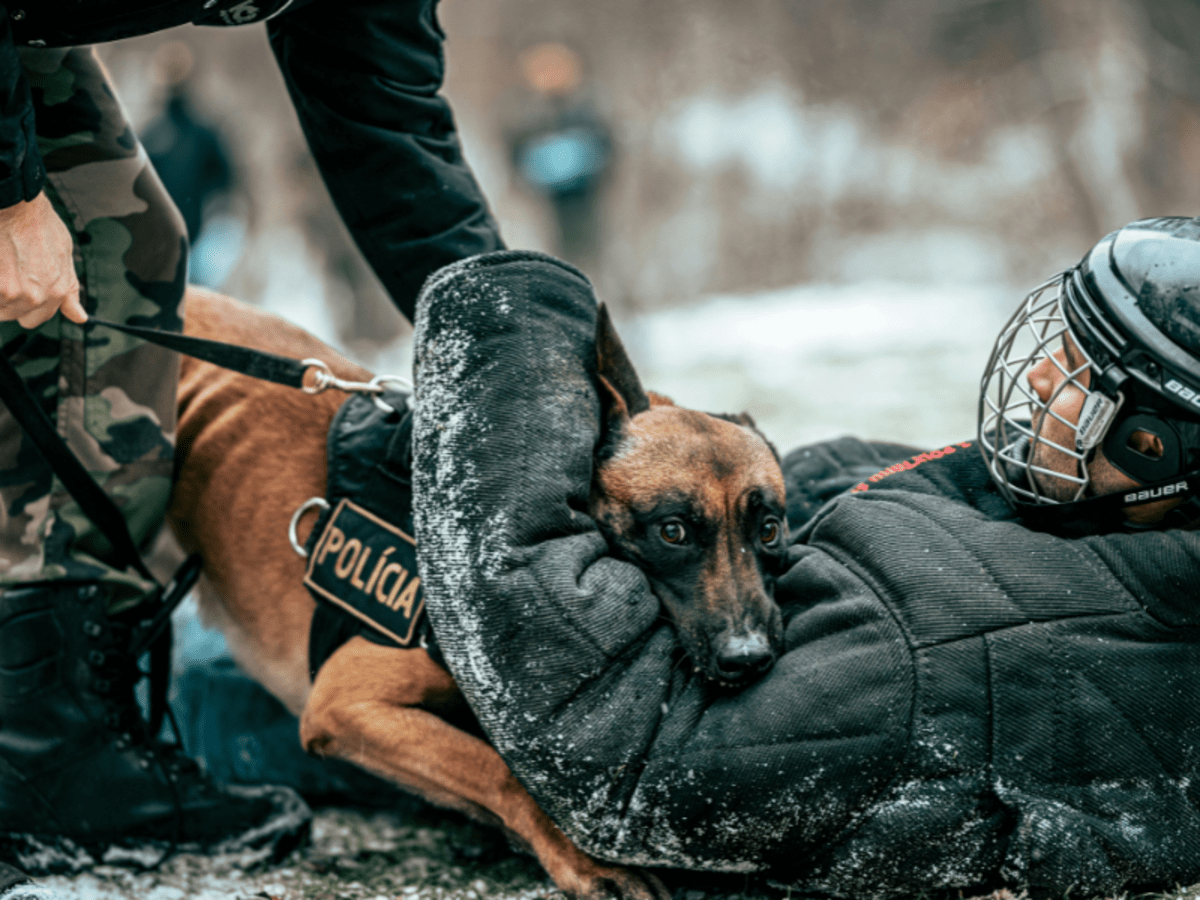
Most pup parents are happy to have a dog that can sit, come, and fetch when asked. We all think our loving pup is brighter than the one across the street.
There’s an entirely separate class of dogs out there with unique, high-level skills that are pretty amazing. These working dogs play a large role in several working environments. This article will focus on working dogs in search and rescue, pest control, medical assistance, and truffle hunting.
Dogs’ Evolution from Companions to Working Partners
The evolution of dogs from companions to working partners can be traced back thousands of years. Dogs started out as basic companions. In time, they began to show hunting and guarding skills.
During the prehistoric era, wolves, the ancestors of modern dogs, started scavenging near human settlements. They helped clean up the direct vicinity of early humans by eating scraps and leftover remains of hunted animals.
As their relationships with humans evolved, so did their jobs. Over time, dogs began being bred for specific traits and skills for their environment.
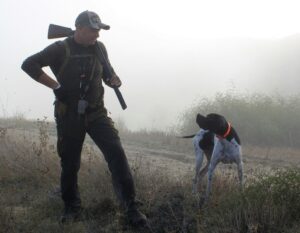 This can be seen with herding dogs being bred to aid in controlling movement of other animals, or hunting dogs – bred to track and retrieve pray.
This can be seen with herding dogs being bred to aid in controlling movement of other animals, or hunting dogs – bred to track and retrieve pray.
As humans and their environment advanced, so did the skills of working dogs. During agriculture development, dogs became important as protectors of livestock and property.
Dogs took on the roll of guardians, hunters, and even status symbols within noble households in medieval times. During the industrial revolution dogs were recruited to aid in factories, police forces, and military units.
Throughout history, the development of working dogs has been driven by their natural friendship with humans and their ability to be trained and bred for specific tasks.
Today, the legacy of this evolution is evident in the wide range of working dogs, from service and therapy dogs to those in search and rescue, law enforcement, and beyond. Their evolution from mere companions to integral parts of human society underscores the deep bond and mutual respect that have developed between dogs and humans over millennia.
The Role of Working Dogs in Search and Rescue
The role of working dogs in search and rescue (SAR) operations is both critical and complex, encompassing a wide range of tasks that these highly trained animals perform to locate and assist people in distress.
These dogs are integral to search and rescue teams, using their acute sense of smell, hearing, and agility to navigate through challenging terrains, from dense forests to urban rubble.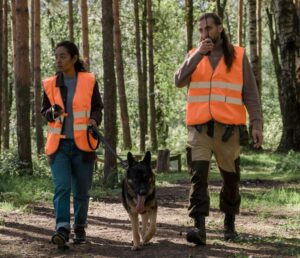
Training search and rescue dogs is an extensive, rigorous process lasting 1 to 2 years, depending on discipline and the dog’s learning pace. The training begins with basic obedience and gradually incorporates specialized skills like tracking, area searching, debris searching, and even water searches in some cases.
Search and rescue situations are inherently stressful and dangerous, so it is no wonder that dog training is intense. SAR dogs are trained to remain focused and obedient, ignore distractions, and work for long periods, which can range from several hours to entire days, depending on the nature of the search mission.
Work like you train; train like you work! SAR dogs and their handlers undergo continuous training and must pass regular certifications to keep their skills sharp. This training includes simulations of real-life scenarios where dogs must locate hidden “victims” in various settings and under different conditions. The dogs learn to distinguish human scent from others and to follow it over long distances and through various obstacles.
The effectiveness of search and rescue dogs is a combination of training and innate traits. Breeds like German Shepherds, Labrador Retrievers, and Border Collies are popular choices for SAR work due to their intelligence, physical endurance, and strong work ethic.
The most critical factors in the SAR development are the individual dog’s temperament, drive, and ability to bond with its handler, as these elements are fundamental to their success in SAR operations.
In real-world applications, search and rescue dogs have been instrumental in locating missing persons, finding survivors in the aftermath of natural disasters, and contributing to recovery efforts following accidents and catastrophes.
Their ability to cover vast areas rapidly and detect human scent over or under debris makes them irreplaceable assets in search and rescue missions.
The dedication and skills of these dogs, combined with their intense training, make them not just working partners but heroes in their own right, saving lives and providing hope in times of crisis.
The Crucial Role of Dogs in Pest Control – The Nose knows
In the area of pest management, dogs have emerged as invaluable assets, harnessing their acute olfactory senses to identify pests with remarkable accuracy. Yes, the nose knows!
The benefits of using dogs in pest control include:
- Being eco-friendly (no chemical intervention).
- Requiring less human scrutiny (visual inspections).
- Detecting infestations in their nascent (early) stages.
Training dogs for pest detection is a meticulous and rigorous process, typically spanning several months to over a year, depending on the complexity of the task and the dog’s learning pace.
Positive reinforcement techniques are used to associate the scent of a specific pest, such as bed bugs, termites, or agricultural pests, with a reward. This conditioning forms the foundation of their training, where dogs learn to identify these scents from many others.
TCA Detection: In addition to common pests, some dogs are specially trained to detect TCA (2,4,6-trichloroanisole) in vineyards and wineries, crucial for preventing the dreaded ‘cork taint’ in wines.
This segment of training also involves positive reinforcement, gradually acquainting the dogs with the TCA scent. Dogs trained to detect TCA are taught to alert their handlers when they pick up the scent’s trace, thus playing a pivotal role in maintaining the quality and reputation of the wine industry.
As the training progresses, the scenarios become increasingly complex. Trainers hide the target scent in various environments and among multiple distractions.
The intensity of the training ensures that the dogs can adapt and perform consistently in diverse and challenging situations, from detecting bed bugs in hotel rooms to identifying vineyard pests amidst the natural outdoor scents.
The effectiveness of pest detection dogs is a testament to their training and the sophisticated capabilities of their noses, which can detect the specific chemical odors emitted by pests, often long before humans can notice any signs of infestation.
Early detection of pests is crucial because it allows for timely intervention. This reduces the use of pesticides and mitigating potential damage to crops, property, and human health.
Dogs’ role in pest control embodies the perfect blend of nature’s gifts and human training ingenuity. Their role in detecting the undetectable exemplifies their training’s duration and intensity and highlights their invaluable contribution to sustainable pest management practices.
Medical Assistance Dogs for the Ill
For some dog owners, their beloved dog is not just a pet but a lifeline for facing and safeguarding from serious health challenges. These remarkable canines undergo extensive training to perform tasks that improve the quality of life for their human partners.
Medical assistance dogs serve various roles, such as alerting to medical emergencies, providing physical support, and even detecting changes in their owner’s health condition before they become apparent to humans.
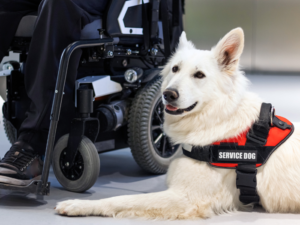 Medical assistance dog training is a meticulous and comprehensive process that often begins when they are puppies. Most specialized dog training starts with basic obedience training to ensure they can follow commands and behave well in public settings.
Medical assistance dog training is a meticulous and comprehensive process that often begins when they are puppies. Most specialized dog training starts with basic obedience training to ensure they can follow commands and behave well in public settings.
As they progress, the training becomes more specialized, focusing on the specific medical needs of their future handlers.
For instance, dogs trained to assist people with diabetes are taught to detect the scent of low or high blood sugar levels and alert their owners or caregivers to these changes.
These dogs demonstrate specific signals or behaviors to alert their owners of abnormally high (hyperglycemia) or low (hypoglycemia). Some of the common signals include:
- Persistent Nudging or Licking: The dog may persistently nudge or lick its owner’s hand, leg, or face to draw attention to the change in blood sugar levels.
- Bringing Objects: Some dogs are trained to bring specific objects, like a glucose meter or an alert device, to their owner as a signal of blood sugar irregularities.
- Staring or Focused Attention: The dog may fix its gaze on the owner, maintaining intense eye contact to signal that something is wrong.
- Restlessness or Whining: A dog may become restless, pacing back and forth, whining, or showing signs of anxiety when it detects a change in its owner’s blood sugar levels.
- Physical Blocking or Herding: The dog might attempt to block the owner’s path or herd them towards a place where they can sit or lie down, indicating the need to check blood sugar or take necessary action.
It normally takes between 1 to 2 years for a dog to complete the training and be fully prepared to serve as a medical assistance dog.
Breeds often trained for medical assistance, particularly for diabetes, include:
- Labrador Retrievers
- Golden Retrievers
- German Shepherds
- Standard Poodles
Medical Assistance training is intense and requires the dogs to learn specific tasks and perform them with high accuracy and reliability under various conditions.
Dogs assisting individuals with epilepsy may be trained to recognize the onset of a seizure and provide support by cushioning the person’s fall, fetching medication, or activating an alarm system to summon help.
Similarly, those aiding individuals with mobility issues are trained to open doors, retrieve dropped items, and provide physical support for movement.
The success of medical assistance dogs lies in their ability to form solid and empathetic bonds with their handlers, enabling them to respond effectively to their needs.
While rigorous and demanding, their training equips them with the skills to be attentive, responsive, and reliable companions, truly becoming beacons of hope for the patients they serve.
The Dogs Roll in Truffle Hunting
As we’ve highlighted in other professions, the dogs acute ability to smell also aids them in the hunt for Truffles. The dogs, trained specifically for this task, are skilled at detecting the unique aroma of truffles (a type of highly prized underground fungus) buried beneath the soil’s surface.
Training for Truffle Hunting
Training a dog to hunt truffles begins with familiarizing them with the scent of truffles. Training begins as puppies, using positive reinforcement techniques to create a strong association between the truffle scent and rewards. 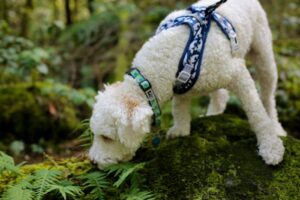
The initial training phase involves hiding truffle-scented objects or small amounts of real truffles in controlled environments for the dog to find. As the dog becomes better at locating these scented objects, the training becomes advanced and more complex, mimicking the conditions found in truffle-rich forests or fields.
The training emphasizes persistence, concentration, and distinguishing the truffle scent from other earthy odors. Unlike pigs, which are used to hunt truffles but also eat them after the find, dogs are taught to signal their find without disturbing the ground excessively to prevent damage to the truffles and the surrounding environment.
Best Dog Breeds for Truffle Hunting
Certain breeds are more commonly associated with this activity due to their natural scenting ability and trainability. These include:
- Lagotto Romagnolo: Originally bred for water retrieving, this Italian breed is now renowned for its truffle-hunting
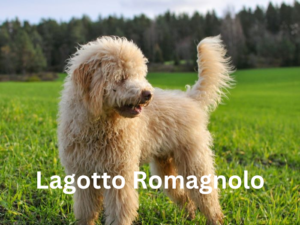 prowess. Its keen sense of smell and manageable size make it ideal for navigating through dense underbrush in search of truffles.
prowess. Its keen sense of smell and manageable size make it ideal for navigating through dense underbrush in search of truffles. - Pointer: Pointers are effective truffle hunters, able to cover large areas and indicate precisely where truffles are located.
- Springer Spaniel: This breed’s natural hunting instincts and enthusiasm make it a good candidate for truffle hunting, as it is energetic and persistent in its search.
- Belgian Malinois: While not a traditional truffle-hunting breed, their intelligence and keen olfactory senses have made them increasingly popular in this field.
With the use of their heightened sense of smell, dogs are, in their own right, super dogs. Their sense of smell makes them crucial in performing specific jobs and tasks with efficiency and consistency.
It’s impressive to see the skills that our beloved dog friends possess. Undoubtedly, they will take on larger tasks in the future with flying colors.
Stay tuned as we uncover the many other specialized jobs dogs are now performing in future articles.
This article may contain affiliate links. As an Amazon Associate, I earn from qualifying purchases.